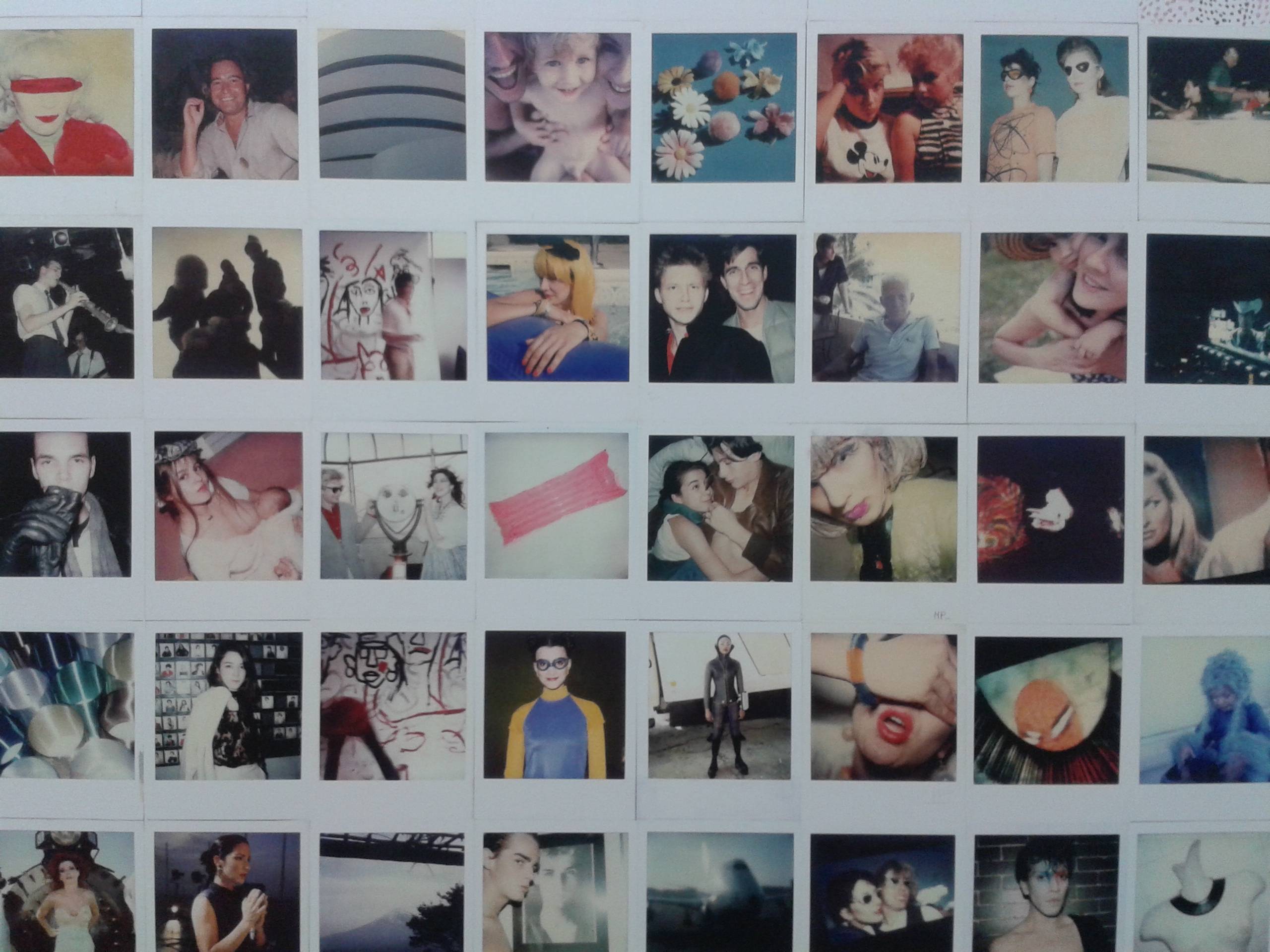Looking Back, Looking Ahead: Meet the Iconic French Artist Maripol
Last Friday, the city’s latest artistic exhibition space, Station, opened its doors to the public with its inaugural event, Maripolarama, a showcase of the Polaroid photography of Maripol, cult figure of the vibrant 1980s New York City art scene, fashion innovator, and occasional director and producer.
On the occasion of the exhibition, Maripol herself graced Beirut for a book signing, discussion, and screenings of the films Downtown 81, starring artist, Jean Michel Basquiat, which she produced, and The Message, a documentary on the life and legacy of artist, Keith Haring, which she wrote and directed.
Beirut.com caught up with the globetrotting trendsetter for a chat about the past, present, and future.

(Photo via Facebook)
Beirut.com: Your photography is not thoroughly planned or elaborately staged, but instead, captures fleeting moments from your life at the time, much like social media today. What are your thoughts on social media and the concept of people documenting every single moment in their lives, even if it’s not something really worth sharing?
Maripol: I find it hopeless. I feel like cleaning my whole Facebook right now, because I don’t really wanna see the food that somebody’s eating that day, or something, I don’t know. I do like it when it has a meaning, when there is an exchange. In a way I understand, I do post my holiday pictures, but I think it’s become obsessional with the young people, so it’s like an addiction.
Beirut.com: You were close friends with Jean Michel Basquiat and Keith Haring, two artists who prominently used the streets and urban landscapes as their canvas but later went on to gain the respect of the fine art community. How do you feel about graffiti’s ongoing transition into the fine art world? Is it finally getting the recognition it deserves, or is it instead being exploited and commercialized?
Maripol: It’s getting its recognition, and it might even get more and more. I see right there (points at a nearby piece of graffiti).What does it say? “Hope”? I don’t care that it says something, I look at it as being really beautiful, and it’s not commercial, because it’s in the street, it’s a canvas for everyone to see.
Beirut.com: You’ve famously styled Madonna during her “Like A Virgin” period, a time when she was criticized for her in-your-face sexuality. In recent years, new artists have come along, artists who build their image on shock and controversy, such as Lady Gaga, and more recently, Miley Cyrus. What are your thoughts on the use of controversy and shock tactics in pop music?
Maripol: If she’s [Madonna] gonna use her fame and money, and maybe, show a little bit of her butt, she didn’t do a porno movie. Why can’t we criticize the people who are in their bedrooms planning on watching an actual porno movie tonight? The world is such hypocrisy.
Beirut.com: Being a big part of the fashion scene in the 80s and contributing greatly to its aesthetic, how do you feel about the recent revival of the 80s style today?
Maripol: I think the revival of the 80s has been going on for too long. I’m in the future (laughs).
Beirut.com: How many times have you been to Beirut before, and how has your impression of the city changed each time?
Maripol: First in 1970, during the war in 1975, and then in 2005. Yesterday, I went to Sporting Club, and I had a flashback, because I was there in the 70s [1970], and back then there were all the big hotels, and I took a lot of pictures of the architecture. Then I went back [in 1975], and saw Beirut getting destroyed. In 2005, it was pretty shocking to see buildings hanging by a thread. Today I feel like there’s a big revival architecturally, I hope, but they should not destroy the old houses. I see all these beautiful houses, there is history here, and you just can’t have like, a Dubai on the beach. I feel like the people of Lebanon are very strong emotionally, and spiritually, and they are protected somehow.
If you haven’t already, you can still catch the Maripolarama exhibition at Station until October 20.





